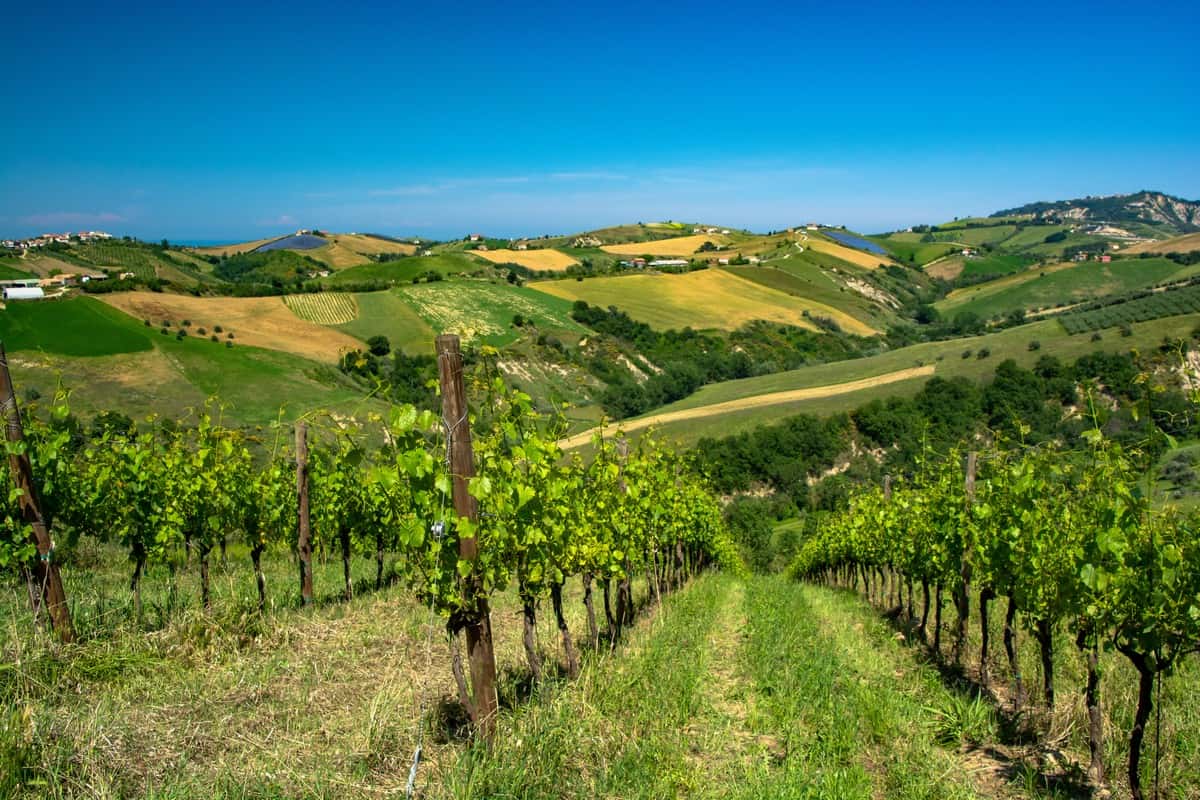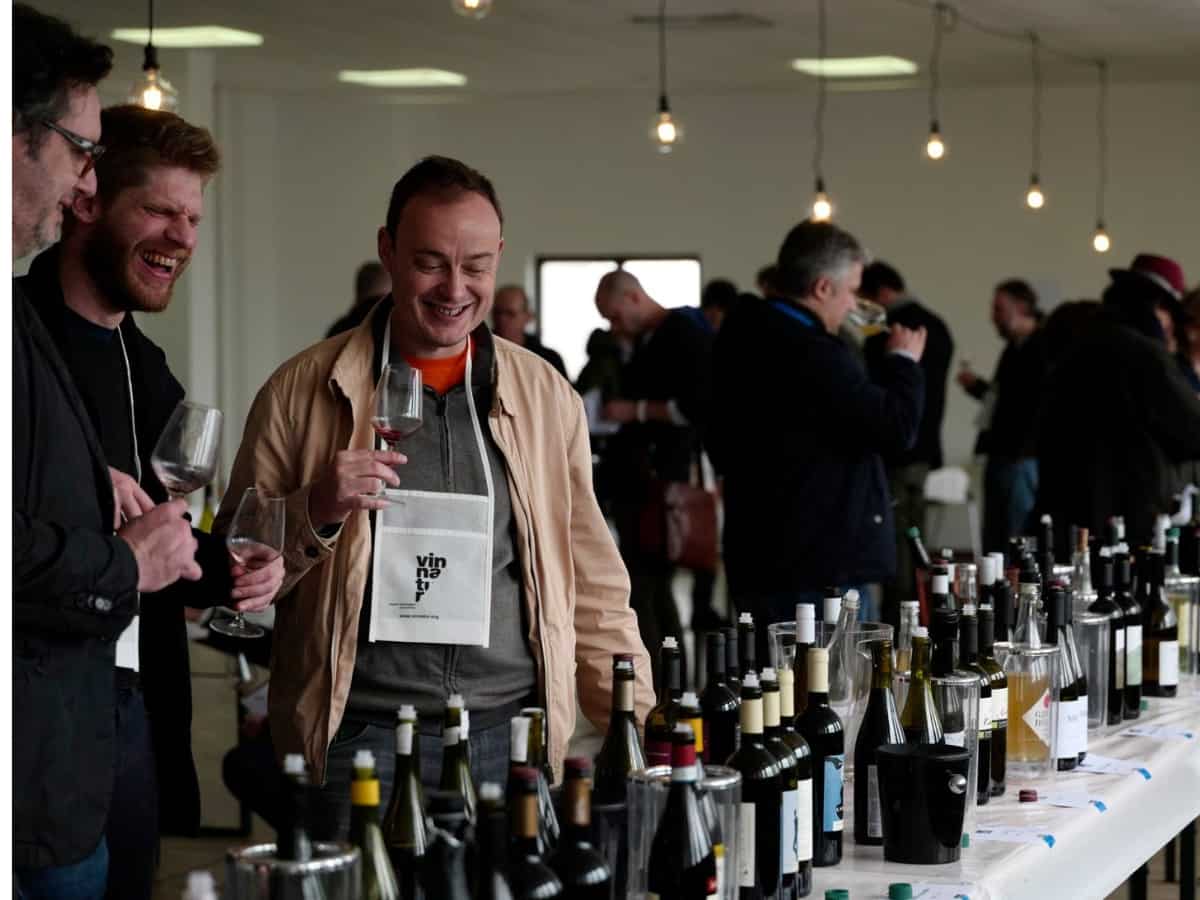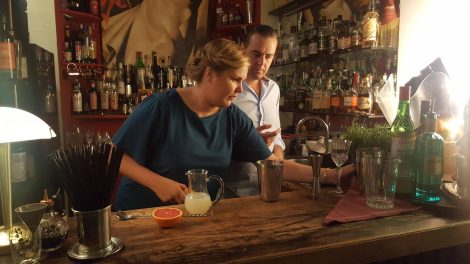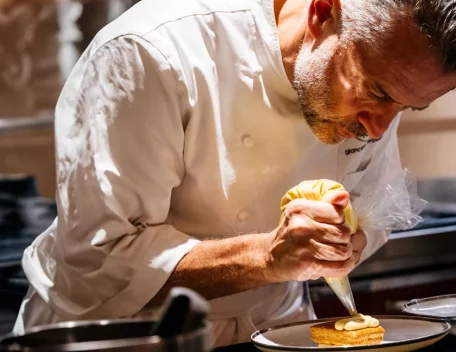Via Paolo Sarpi in Milan and the network of streets that surround it are part of the most important, surprising and industrious Chinatown in Italy. Here in the '20s, in "Borgo degli Ortolani", in what was once a marginal neighborhood, the first communities of migrants settled, hailing from Wenzhou and from the south-eastern part of the Chinese province of Zhejiang. The intent was to open the first silk and leather working workshops. Almost a hundred years later everything has deeply changed: businesses, style and standard of living, mentality and habits. But above all, those distances, once immense, which existed between Milanese and Chinese have been shortened. With the urban redevelopment of the district and the traffic free area of via Sarpi initiated in 2010, the area has maintained its commercial character but has evolved into an elegant pedestrian street, adorned with lush flowerbeds and trees. Contemporary art studios, design studios, many new clubs and restaurants have opened here. And the neighborhood is now inhabited and frequented by celebrities, journalists and intellectuals.
Thanks to the wholesale crisis
It's thanks to the last decade of the Chinese wholesale crisis in regard to costume jewelery, textiles, technology businesses, and the input of Expo Milan 2015 if today the Milan Chinatown can be considered the most important hub of new ideas and experimentation at national level in the dining sector. There is an originality and a variety of Chinese and Asian food offer that is unmatched. This transformation was possible thanks to some particular economic and environmental conditions. Certainly for an investment capacity by the Chinese community (thanks to the capital accumulated in previous years), but also for the input of the new generations that pushed to innovate and experiment new enterprises and new concepts, setting aside the idea of the classic Chinese eatery or sushi bar, that's now so overexploited. In addition, students from mainland China who have chosen Milan as the location for their university studies and masters have been multiplied, including in their needs: the need to guarantee an offer that would make them feel like in Shanghai or Beijing has also accelerated the gastronomic offer's growth. The greater ease of finding ingredients and imported Asian raw materials (alongside those produced successfully in the countryside of Monza and the Milan hinterland) has made it possible to create menus with dishes much closer to the typicality of the different traditions, compared to those of the past.
Markets and ingredients
The same consideration applies to the markets and - as we said - and ingredients available for cooks in food markets and grocery stores that are impressive for the quantity and variety offered for different types of cuisine. If their availability in the West has long been a very difficult undertaking, today fortunately, thanks to the globalization of the markets, things are changing. Until 2000, the supply of Asian and Chinese products passed almost exclusively through the Dutch, British or French import centers and was managed by giants like Tang Frères in Paris which alone guaranteed a flow of about 60,000 containers a year. Now these channels have been joined by Chinese companies from Prato or Milan (like Uniontrade) that import directly from mainland China many new products, which are then distributed widely by small and large Asian food stores. Even the problem of the "fresh" produce has been solved brilliantly. In the year of Expo, Coldiretti Lombardia presented a research that showed that today in the Po Valley over 100 sub-tropical agricultural products are cultivated for food use, many of which have already entered the large-scale retail and wholesale markets of Milan and Brescia.
Savoury revolution
What is being tested in the Sarpi area, if successful, is destined to become an innovative concept, a new business model that can be exported on a large scale in other Italian districts and cities. And this is especially true in the restaurant industry. At a time when street food has become fashionable in Milan, as in other cities, even the Chinese have adapted and without recovering the name "small breakfasts" (or xiaochi, or the dai pai dong, term used in Hong Kong to describe street food) by starting to bake dumplings (jiaozi, shuijiao, xialongbao), steamed stuffed buns (baozi, gua bao), savory crepes (jianbing), spicy skewers (chuanr), stuffed tigelle (roujiamo), and even skewers of caramelized hawthorn (tanghulu). In Milan the experiment, then the expansion will extend to Bologna, Turin, Rome and Florence. Furthermore, this district takes on the charm of avant-garde gastronomic experimentation. In the Chinatown of the Sarpi area, new delis, small kiosks and small restaurants specialized in a single dish (or type of food) as well as family or business restaurants are spreading. This is where the communities meet in large halls to celebrate weddings, a birthday, a childbirth or a corporate event - even though in this case the privés preferred with large circular tables.
But not only delis and kiosks, but also family restaurants, bakeries, bubble tea shops and cafés, all of which are listed in the November issue of Gambero Rosso magazine.
In short, a gastronomic tour in the area of via Sarpi is definitely preparatory to a real trip to China and certainly shows how - when integration and respect are intelligently practiced - immigration and the proximity of different cultures can greatly enrich human relations and economic and social interests of a country. In addition to offering an incredible variety of excellent tables to sit, discover, learn.
by Vittorio Castellani (Chef Kumalé)
translated by Eleonora Baldwin
photos Irene Fanizza

 What changes for the export of Italian wines to China under the new regulations?
What changes for the export of Italian wines to China under the new regulations? “Forget dealcoholised wines. The future is Komb(w)ine.” Moser and Ravizza present a new grape must-based product
“Forget dealcoholised wines. The future is Komb(w)ine.” Moser and Ravizza present a new grape must-based product Global wine consumption at a historic low and vineyards in decline. The OIV report outlines a 2024 to forget
Global wine consumption at a historic low and vineyards in decline. The OIV report outlines a 2024 to forget Oenologist Riccardo Cotarella will also produce dealcoholised wine: "My first bottle will be out in October and it won’t be bad"
Oenologist Riccardo Cotarella will also produce dealcoholised wine: "My first bottle will be out in October and it won’t be bad" Dear natural wine world, enough with the constant polemics. If you don’t want to self-ghettoise, self-criticism is needed
Dear natural wine world, enough with the constant polemics. If you don’t want to self-ghettoise, self-criticism is needed






